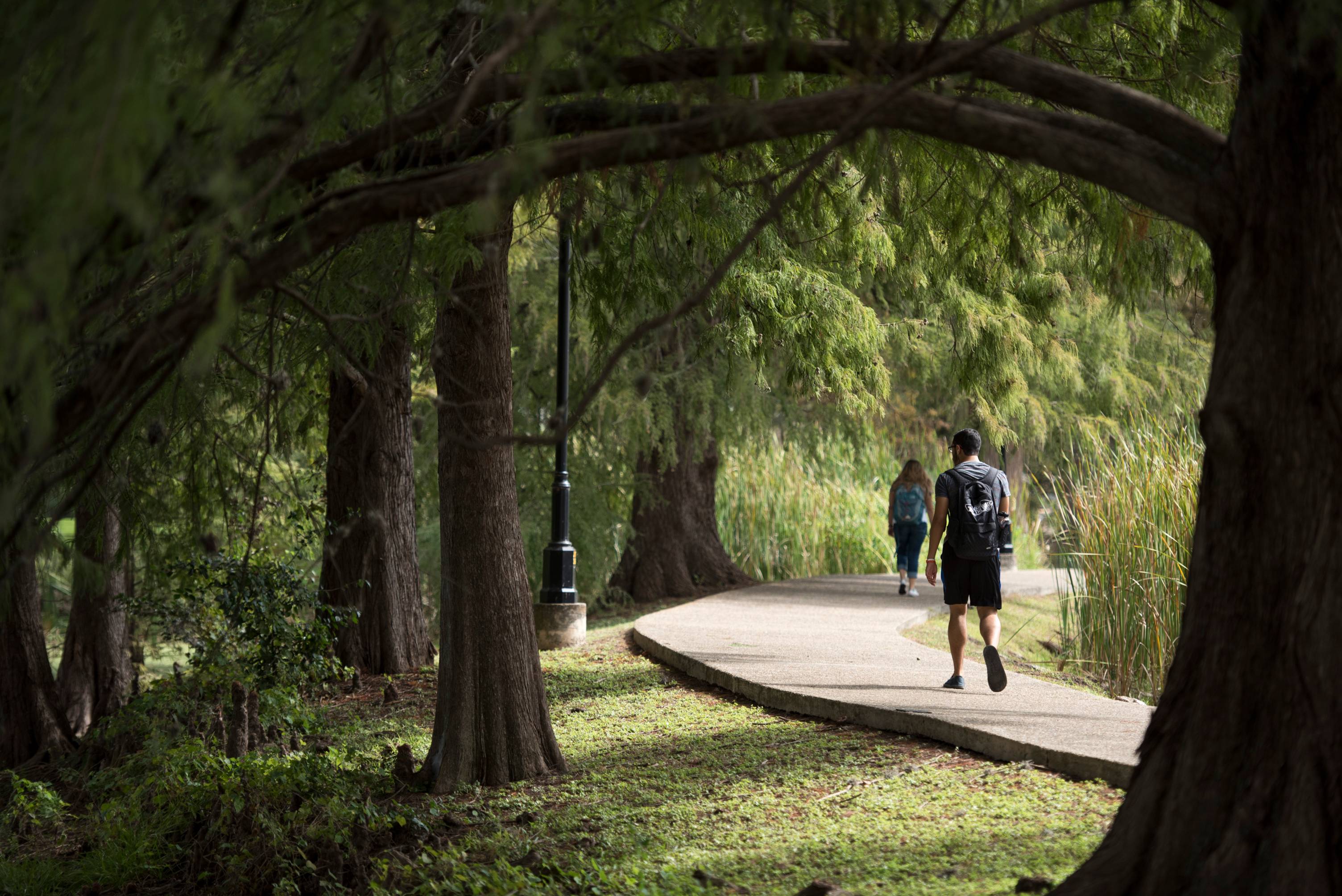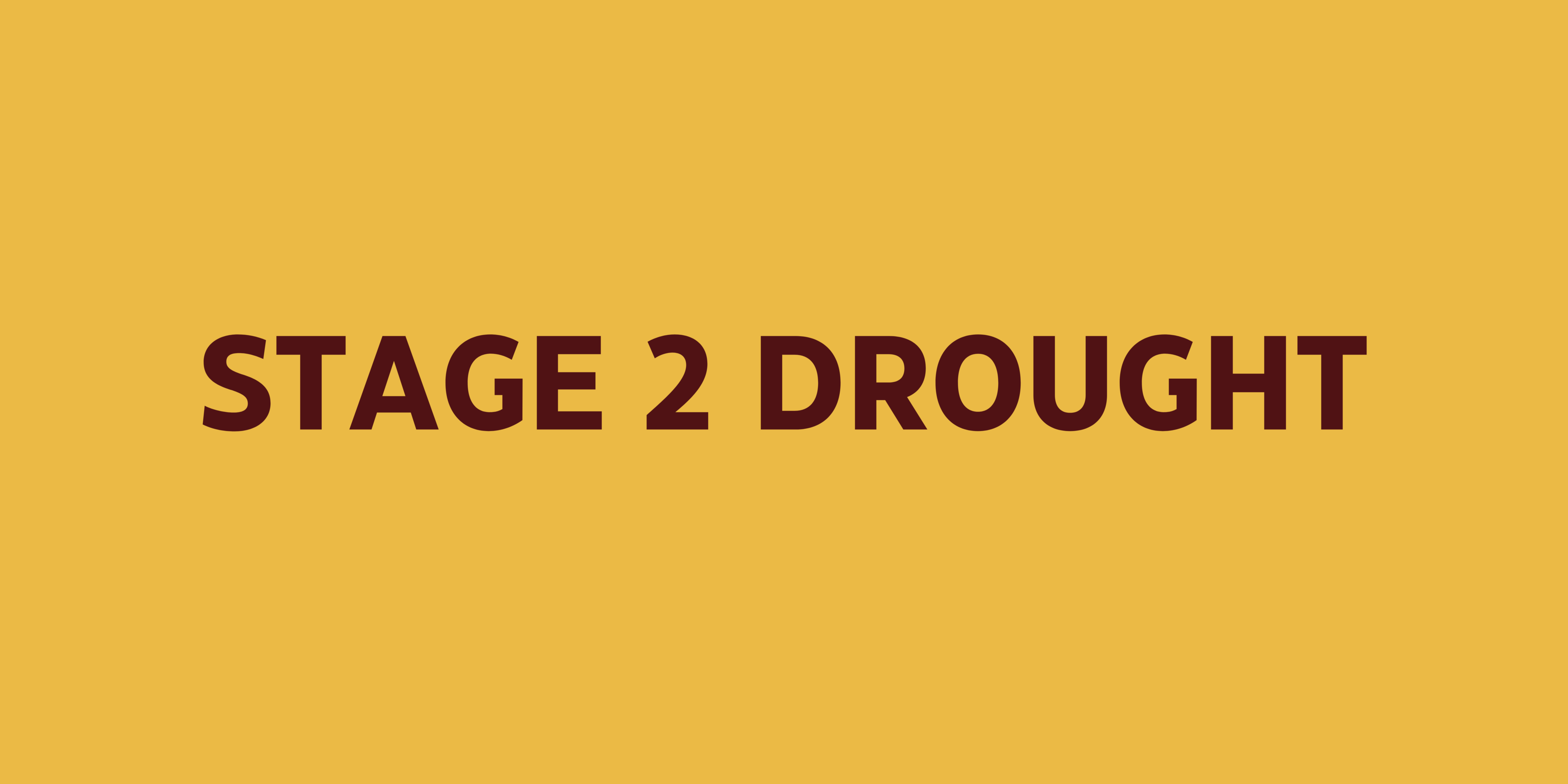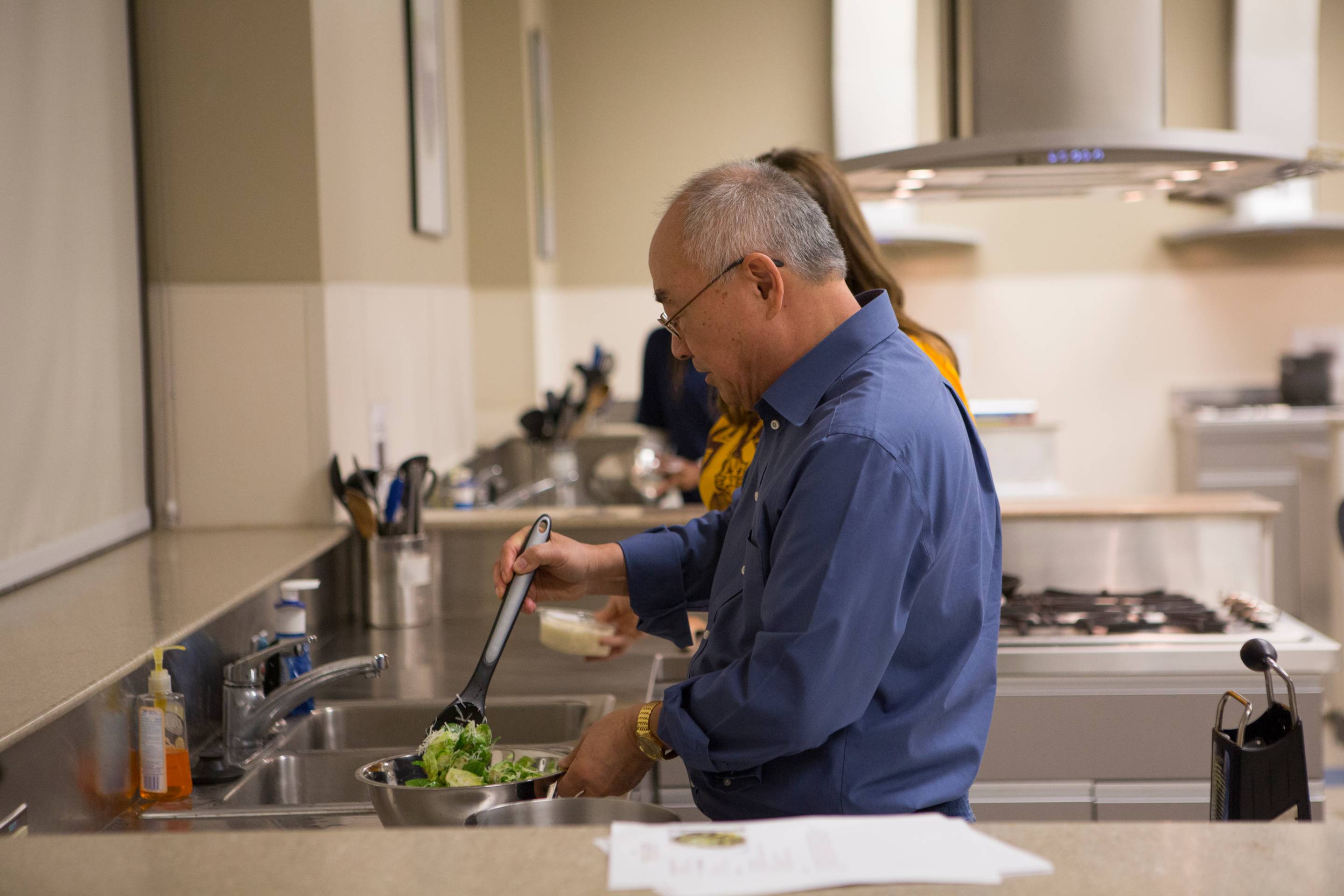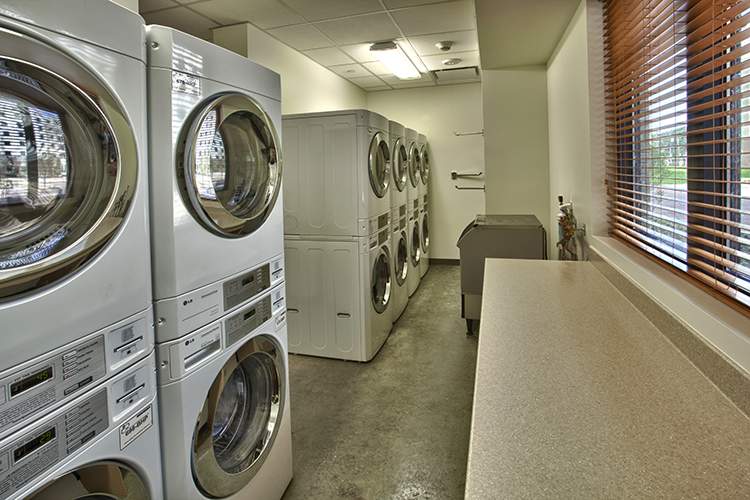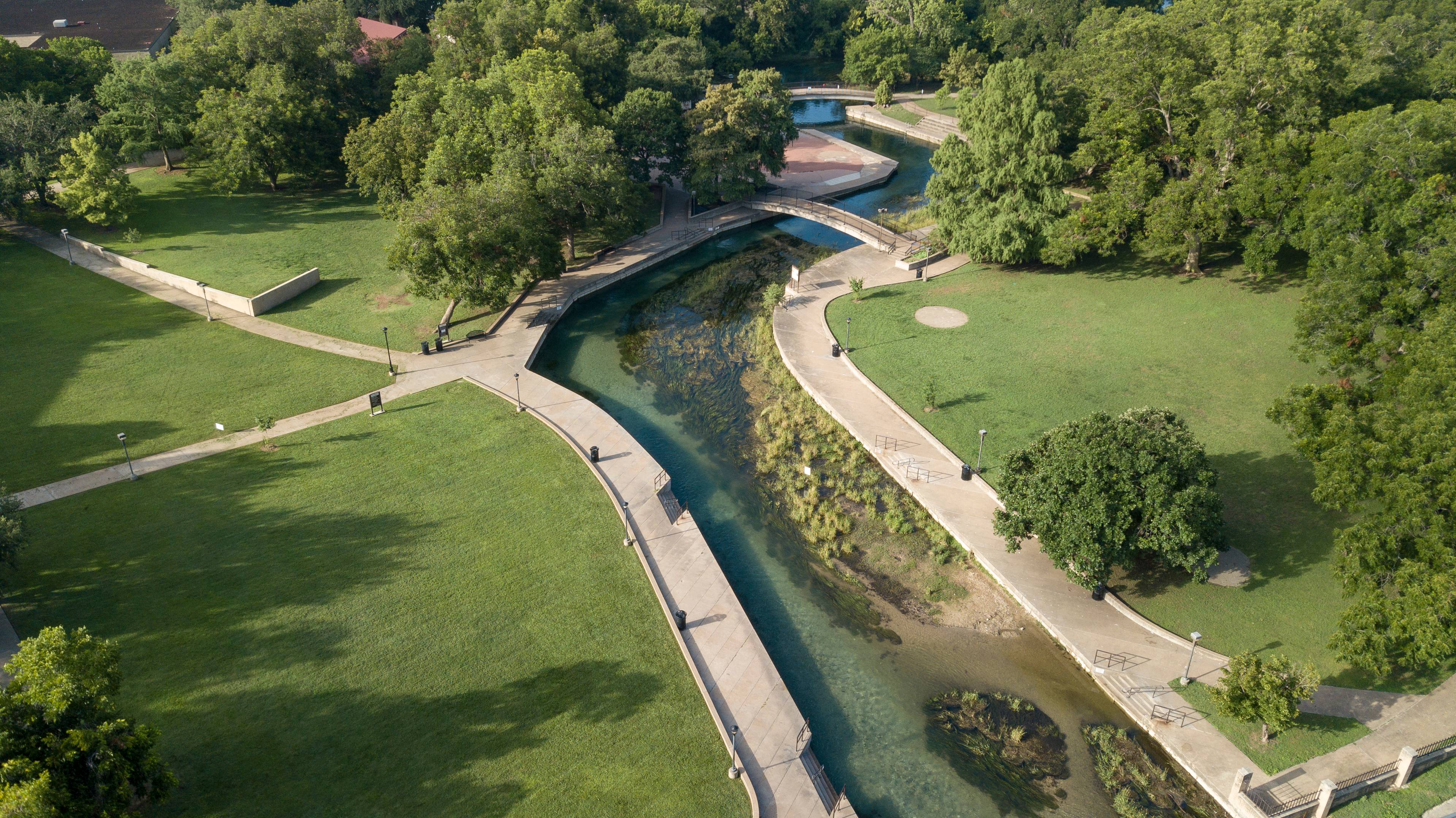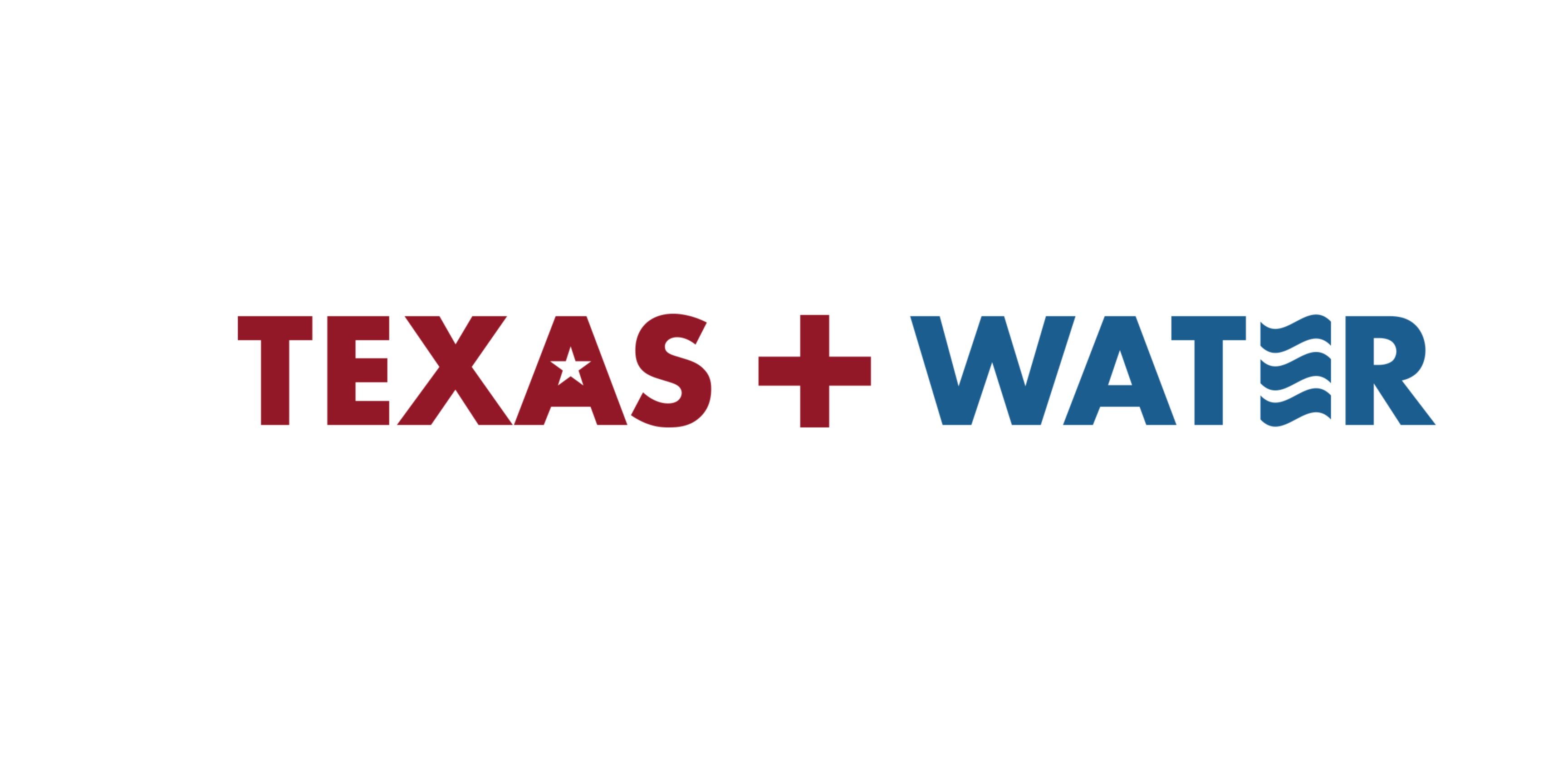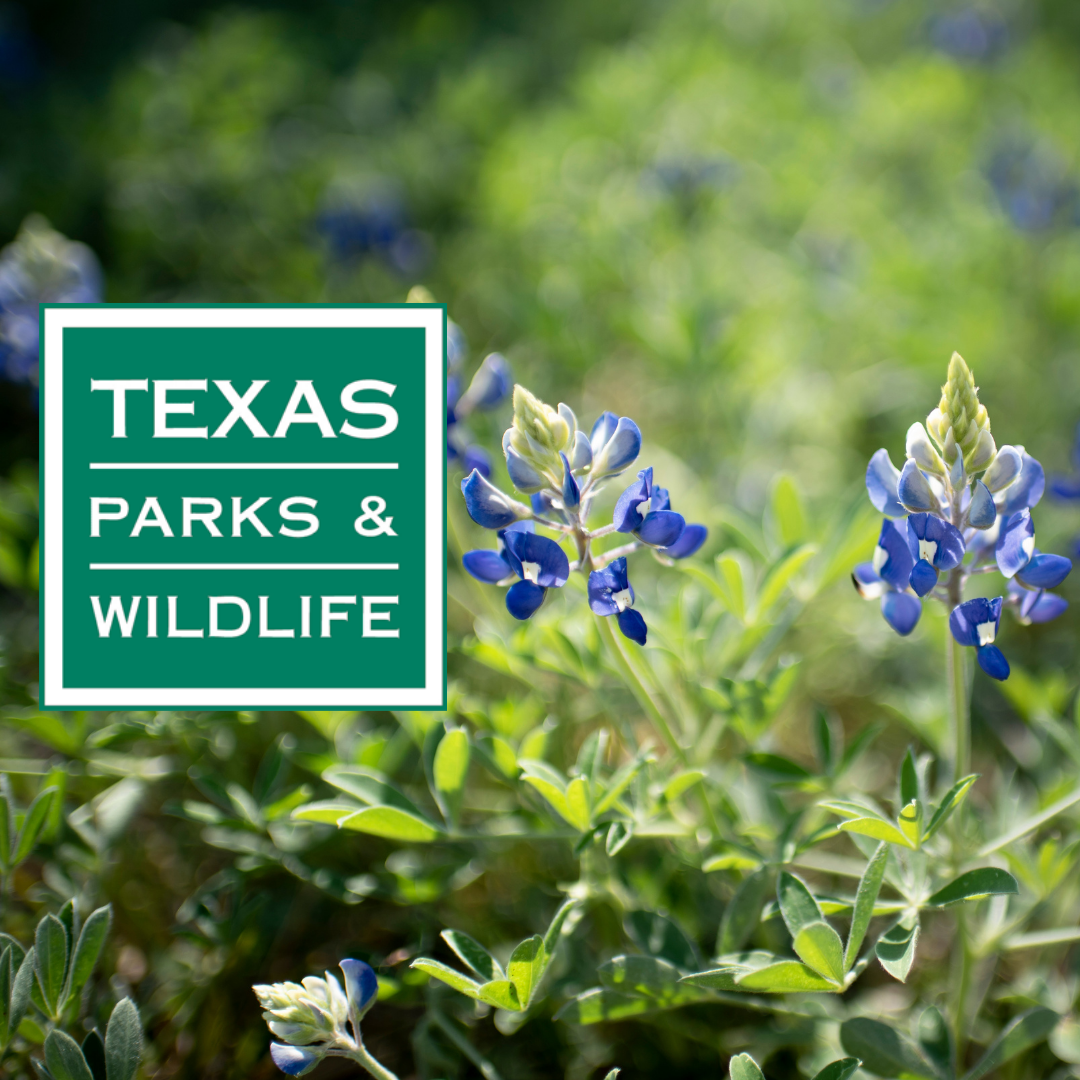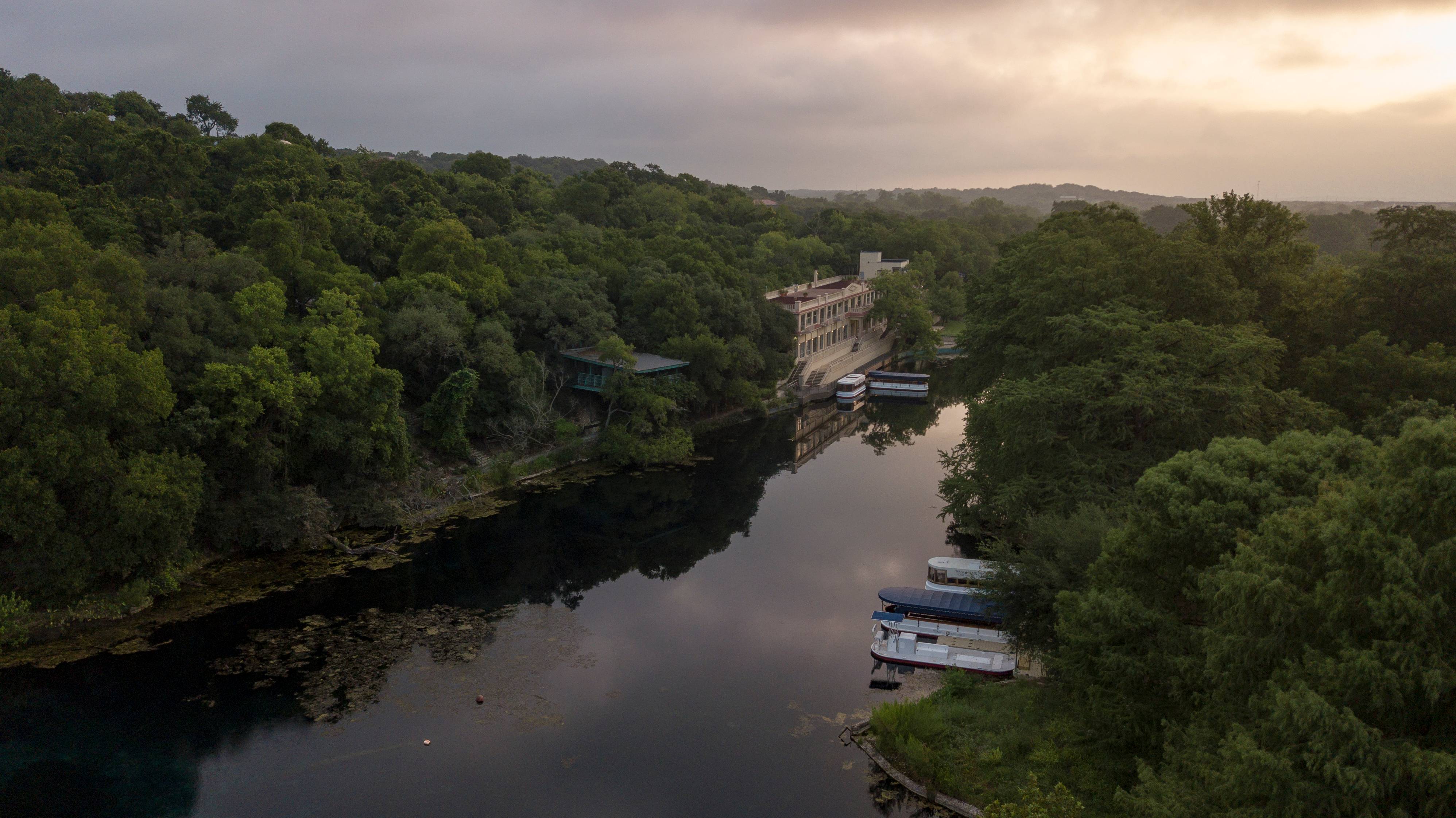Water is an incredibly precious resource and here in San Marcos and throughout Central Texas, we have some of the purest water bodies due to the makeup of the Edwards Aquifer and the groundwater that flows through it. In order to keep our river flowing and to protect the endangered species that call our river home, critical water consumption restrictions are being implemented.
Due to dropping aquifer levels and Jackson Well water levels, the Texas State University San Marcos Campus has entered Stage 2 drought restrictions.
Explore this page on how you can conserve water and help prepare for a more sustainable future.
